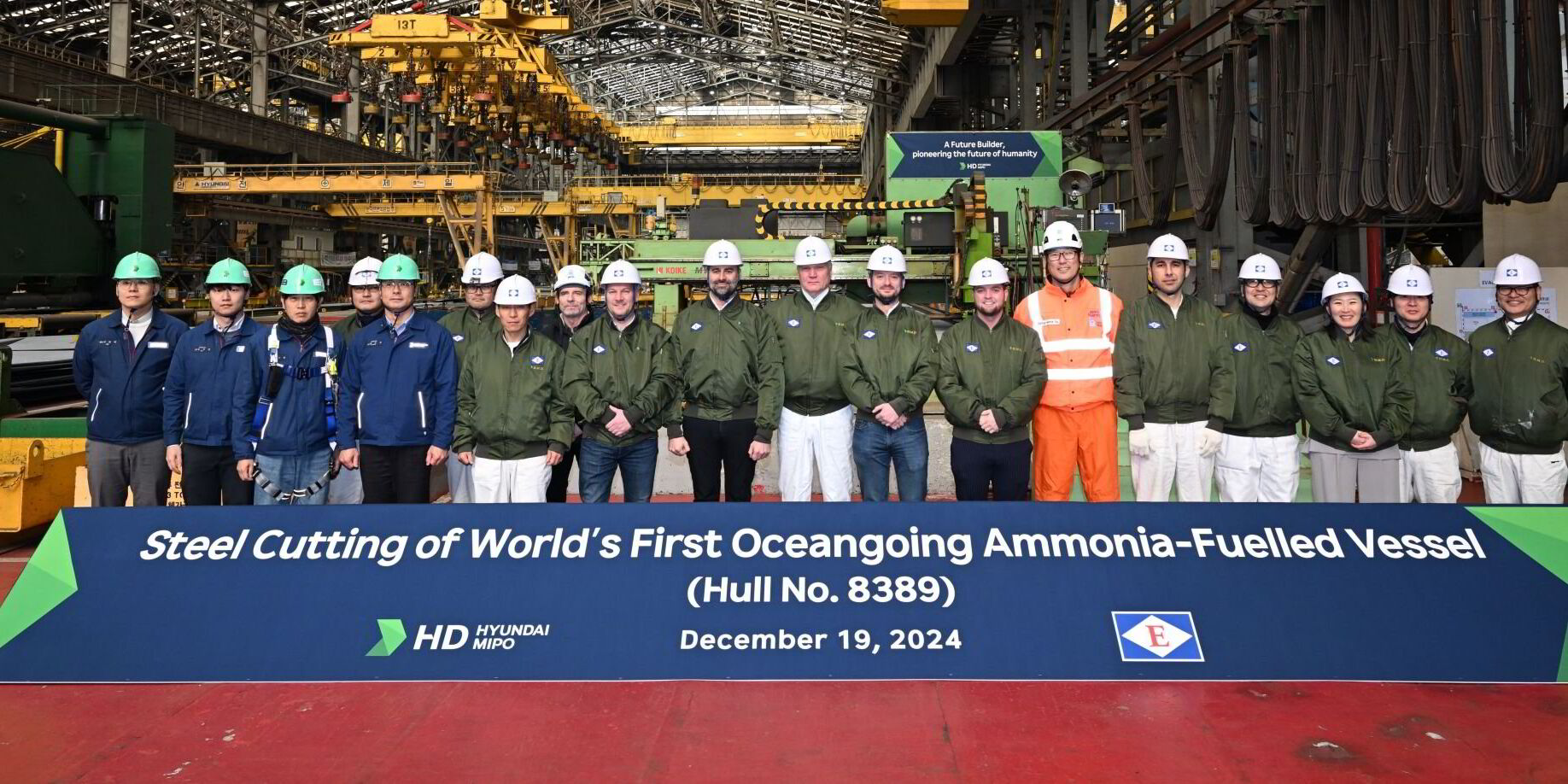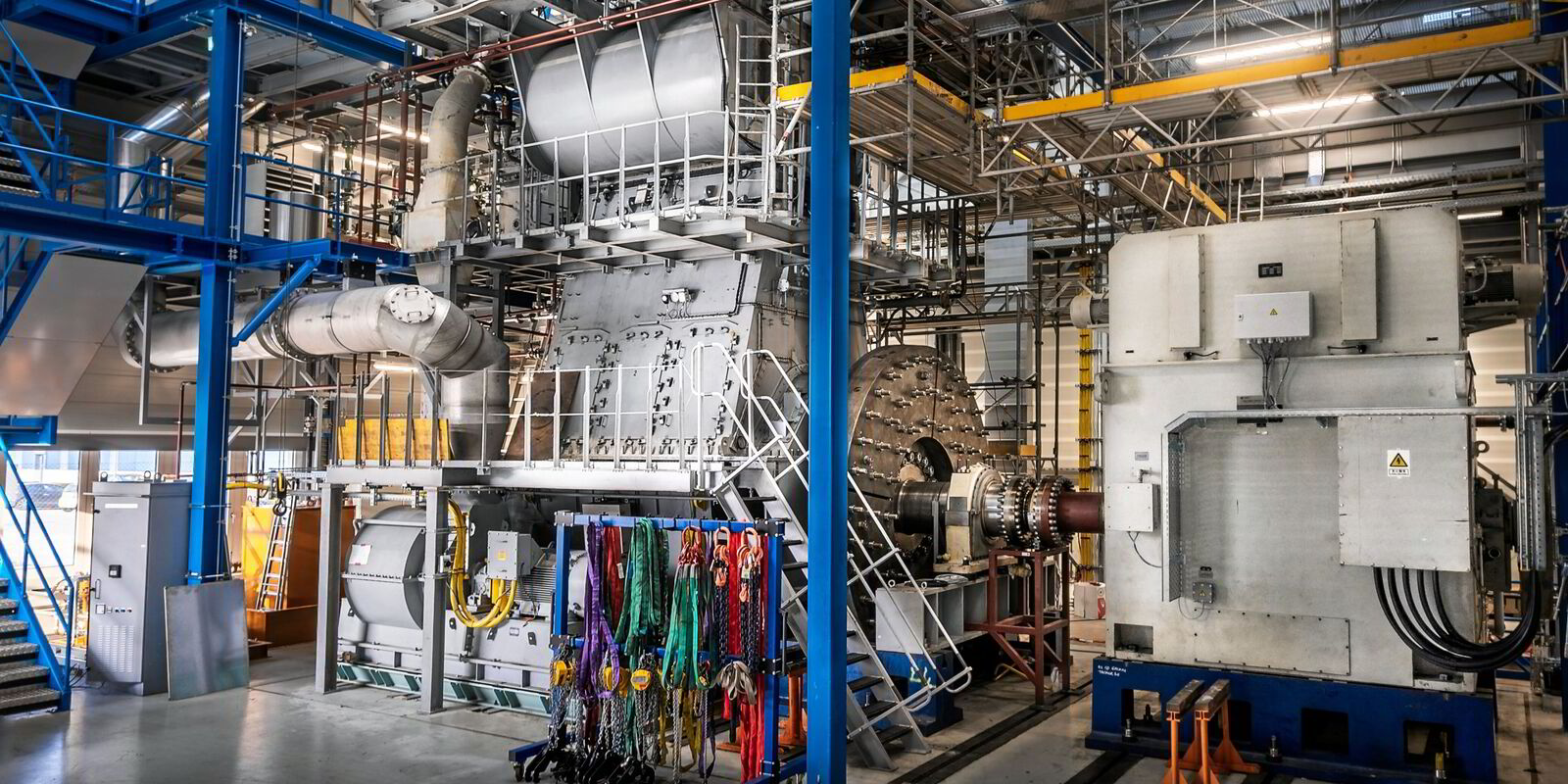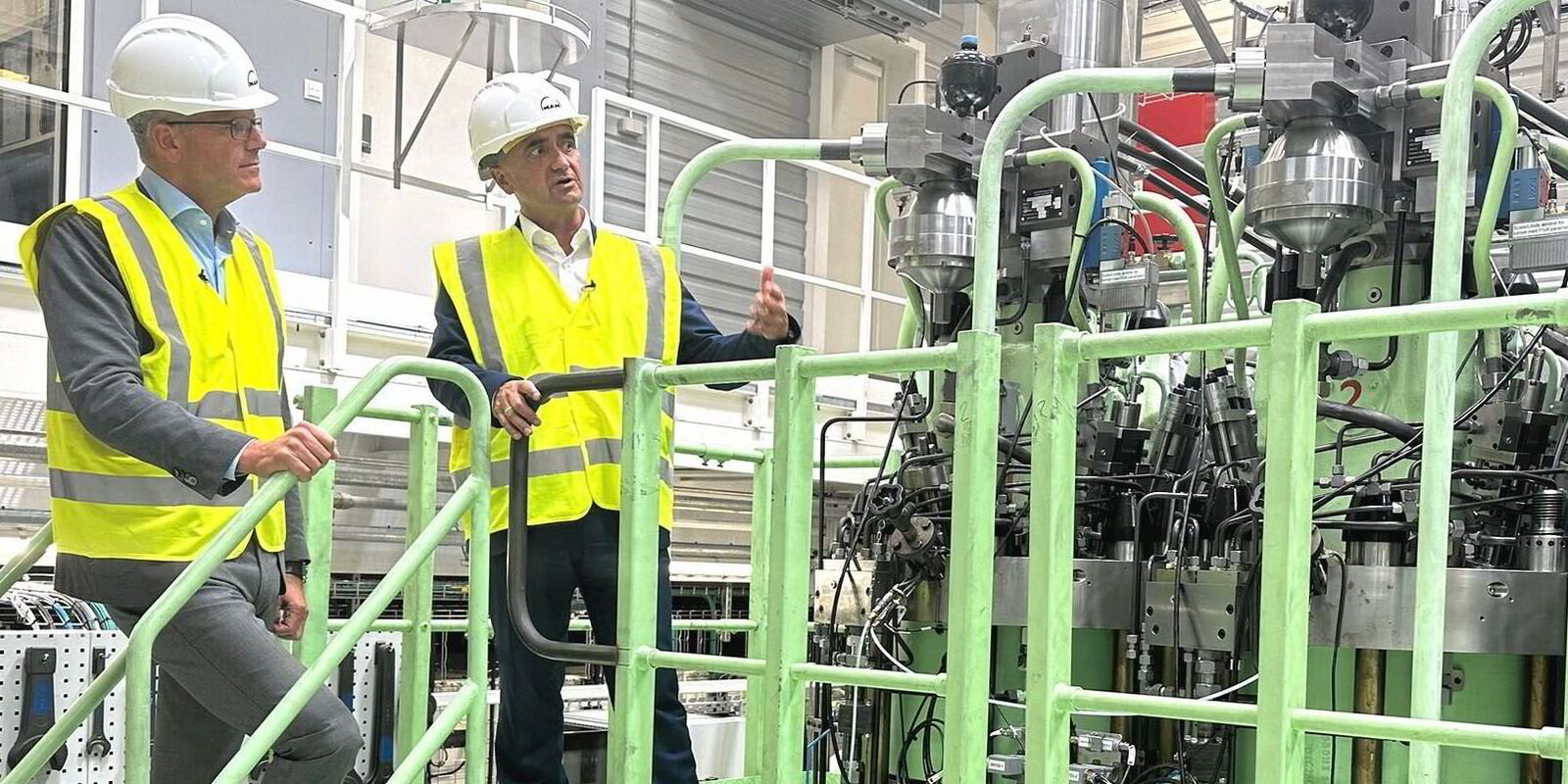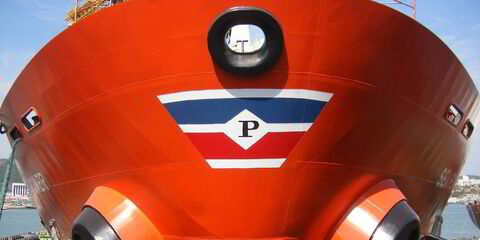Chinese-controlled, Swiss marine power company WinGD is on target to deliver to shipyards what will be among the world’s first ammonia dual-fuelled engines by June this year.
Speaking on a webinar, WinGD general manager for application engineering Marcel Ott said the first 52-bore and 72-bore X-DF-A engines are about to be tested at the engine builders and delivered to shipyards from mid-2025 onwards.
Product manager for engines Fabio Cococcetta said the factory acceptance test are being prepared at the engine builders.
These will be completed along with some specific WinGD tests and the last milestone will be the delivery to the yards in June.
“We are approaching a significant milestone here,” Ott said. “By early 2026 we expect to start having the first seagoing experience with these engines.”
He said WinGD has won orders for 30 X-DF-A engines for commercial use — 17 of the 52-bore design, three of 62-bore and 10 of 72-bore.
The engines are to be fitted on LPG and ammonia carriers for Exmar; newcastlemax bulkers for Bocimar; 1,400-teu feeder ships for CMB.Tech, North Sea Container Line and Yara International; aframax tankers contracted by AET and MISC; and LPG carriers for Tianjin Southwest Maritime.

All but Exmar’s ships, which are on order at HD Hyundai Mipo in South Korea, are being built at Chinese yards.
Ott highlighted that the X-DF-A is not a completely new engine. He described it as a conventional diesel engine with an ammonia injection system on top.
Cococcetta said the X-DF-A gives a reduction of more than 90% in greenhouse gas emissions.
Last month, WinGD said test data showed ammonia emissions on the new engine were below 10 parts per million (ppm) and those for nitrous oxide were below 3 ppm.
Cococcetta said: “The ammonia engines are a reality, they are working, emissions are very low, and they can be a great tool for the decarbonisation of the maritime sector in that they can reduce the greenhouse gas intensity of any fleet.”
Ott also unveiled WinGD’s new LPG engine, the X-DF-P.
He said the company did not have a liquid gas injection engine in its portfolio, but its development has been made possible by a simple modification of the company’s ammonia design.
Ott said the new LPG engine, which is targeted at the VLGC and very large ammonia carrier sectors, can be upgraded to use ammonia when needed.
First deliveries of the X-DF-P are target for the end of 2027.
Vice president for market development Benny Hilstrom said that for years the industry has claimed that technologies were not available for decarbonisation, but with the new array of engines, this is no longer the case.
“The technology is here, it is available, it is safe, so now it is fully up to decision-makers at the IMO and others to see if they really want to decarbonise shipping,” he said. “There are no technical excuses any more.”






